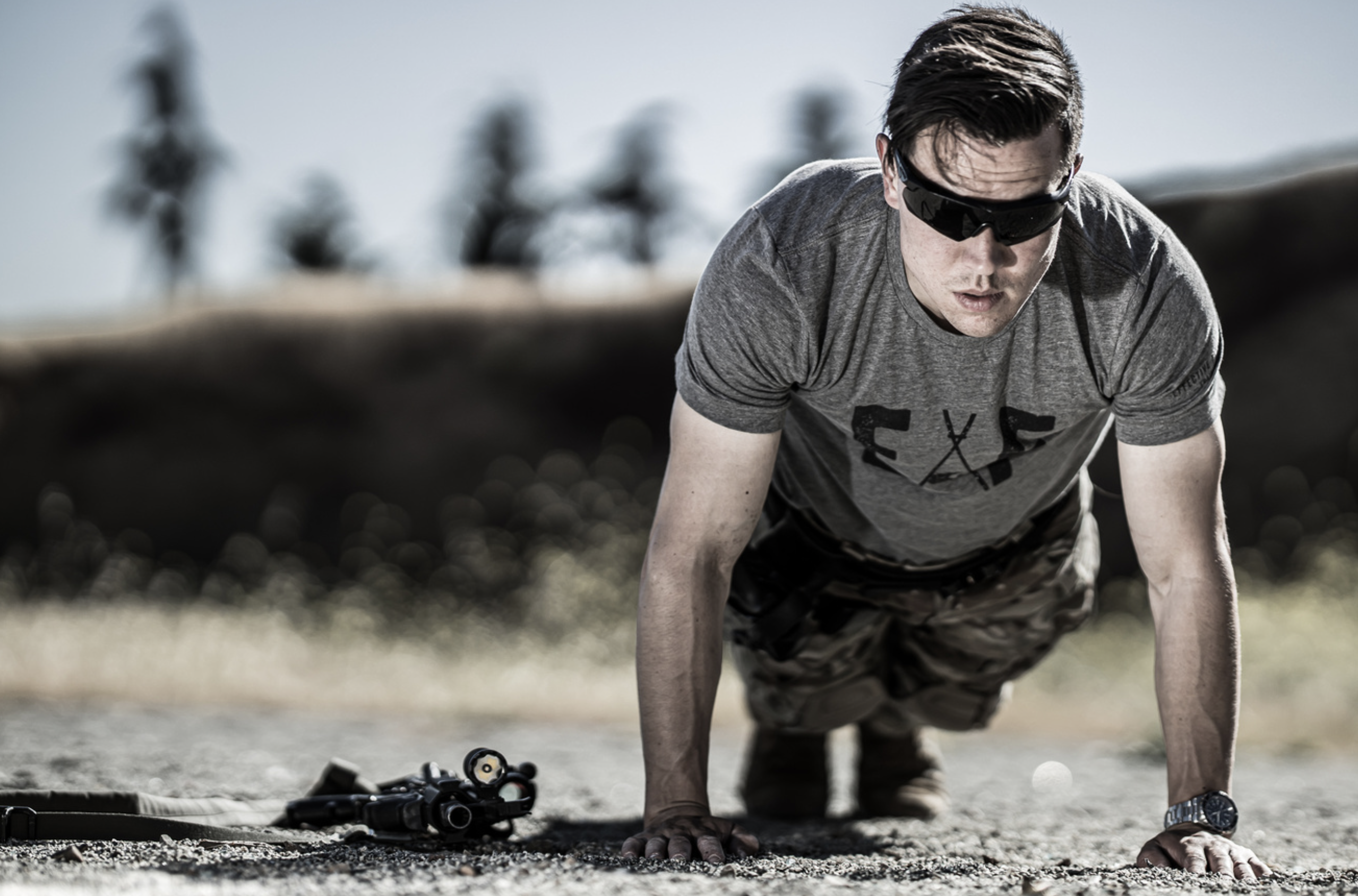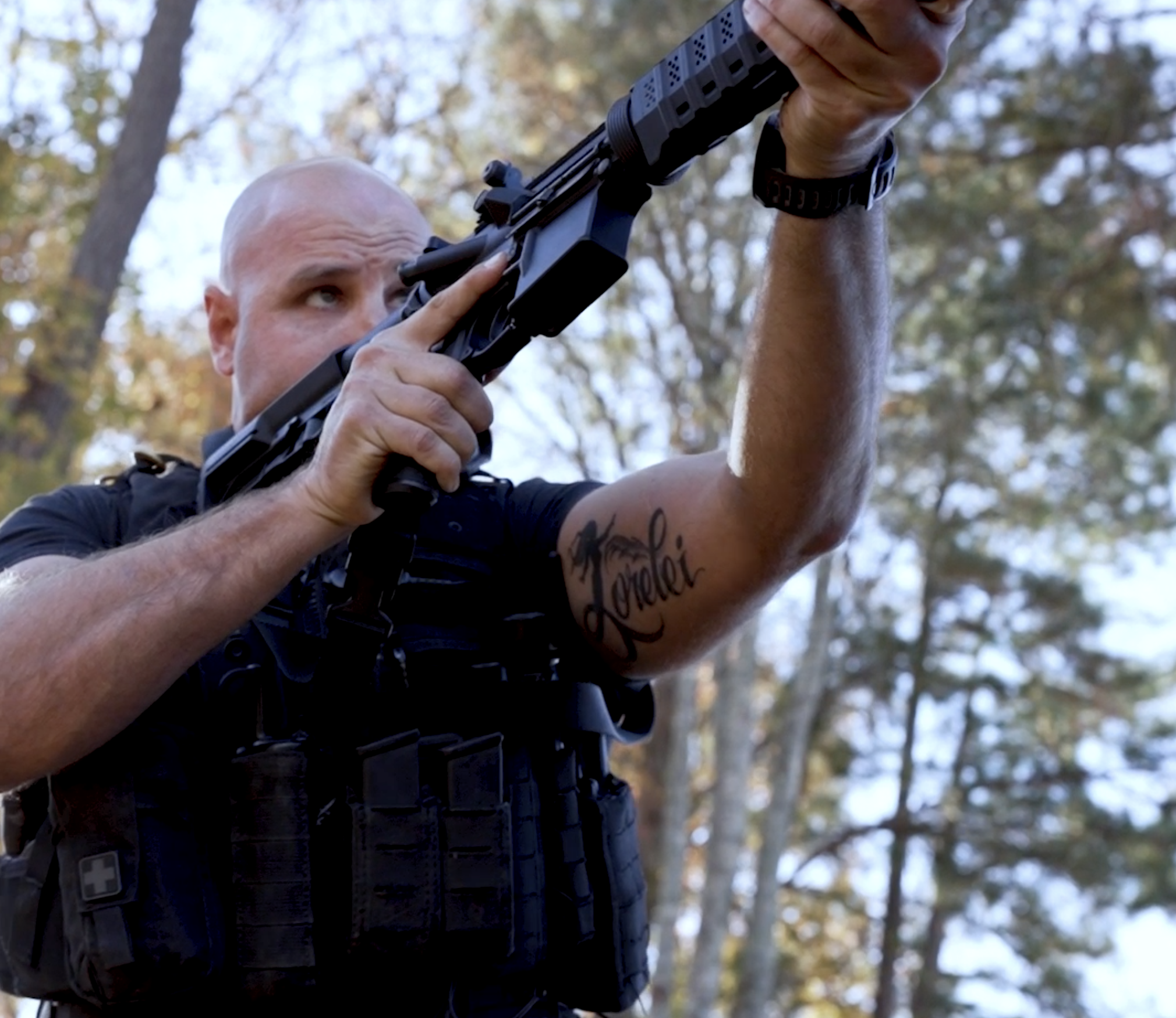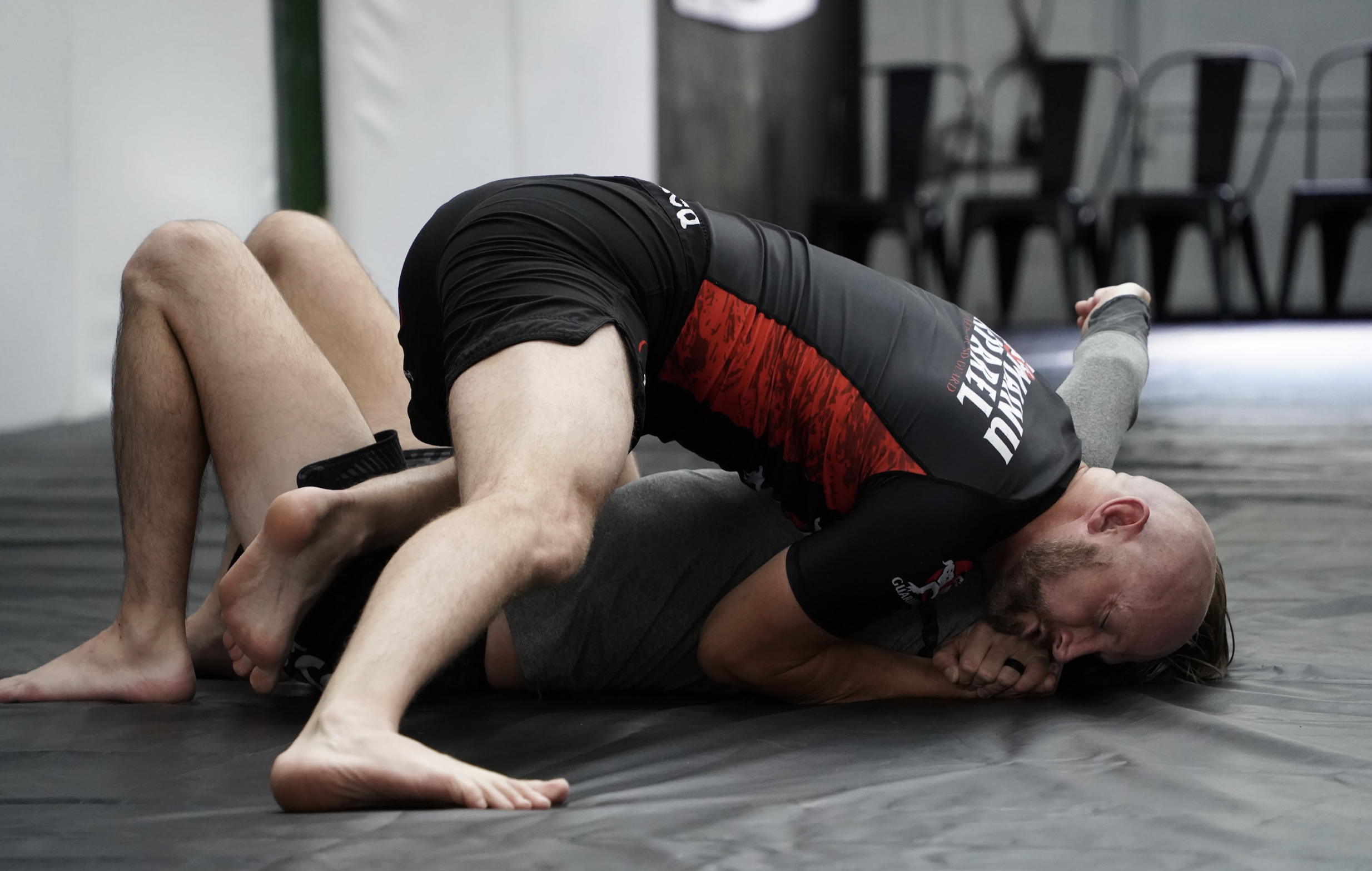Concurrent Training is Mandatory for Law Enforcement Professionals
Aug 11, 2022
What is Concurrent Training and why is it required for LE and other first responders?
Concurrent training is when multiple energy systems are trained simultaneously, ie: training for strength gains and endurance (aerobic) gains at the same time.
It has been a big hype in the fitness world that you should NOT train those two things at the same time due to utilizing the energy systems required to train each individually would hinder gains for the other one. This is known as the Interference Effect. The Interference Effect is the negative impact aerobic endurance training can have on gains in strength, power/speed, and hypertrophy.
The current data suggests 3 major things:
- We should do our strength training and your aerobic training on completely separate days
- That if we are going to train both on the same day, do it at least 6 hours apart
- If we are going to train them at the same time (same session), do the strength training first and the endurance training second
Here’s the thing…
A very small percentage of us, if any at all, on the Effective Fitness Program are training for MAX strength or PEAK endurance.
We are not Olympic athletes focused on one and only one specific strength/skill… and most of us aren’t training for a Powerlifting World Record, or a 100 mile trail run through the mountains (those are a few examples where concurrent training may not be the best way to achieve your goal…).
Instead, we are training to be CONSISTENTLY GOOD at all of the following: strength, hypertrophy, mobility, durability, anaerobic and aerobic conditioning.

Think about a typical scenario on the job for an LEO.
Sitting in the same position in a patrol vehicle for hours, followed by a foot pursuit (think Sit to Sprint with plenty of durability needed since there is no time for a warmup), followed by an explosive jump to get up and over a fence (think Box Jumps), followed by another run/sprint, possibly followed by a very heavy pickup and/or drag (think deadlift and sled/buddy drags), followed by a hands-on encounter with the suspect (think combatives/BJJ techniques)... finally leading to a downregulation period when the situation concludes.
That. That right there. That is why we train concurrently with strength, metcons, sprints, mobility, etc. all within the same session.
This also brings up an important point - we do make sure, even though we are using the Minimal Effective Dose, that overall volume is paid much attention to while we write our programs. We know what it takes to get the gains we’re looking for with strength, speed/agility, mobility, hypertrophy and conditioning and we program accordingly.

Here are 4 solid practices for concurrent training that are all backed by data:
1️⃣ Use cyclic programming where full blown endurance training cycles are completely separate from strength focused work.
2️⃣ Keep your long endurance/cardio sessions on separate days than strength work to get the max benefit from each.
3️⃣ Understand that you will not be accessing your peak max strength, or be the fastest in the world, or be able to run longer distances than anyone... Because you are not solely focused on one method of training. But, you will be GOOD at all of them which is an advantage in itself for the Tactical Athlete.
4️⃣ Vary your intensities if training both on the same day. Hard run focus means a lighter strength focus and vice versa. A Hard BJJ session means a lighter strength training session. Heavy strength day means a lighter volume/intensity for any other training that day.

According to a study done in 2002, called Development of Maximal Dynamic Strength During Concurrent Resistance and Endurance Training in Untrained, Moderately Trained, and Trained Individuals: A Systematic Review and Meta-analysis, you do not need to worry so much about the Interference Effect/Concurrent Training if you are untrained and/or moderately trained, but following the above practices can still be helpful, no matter what level of experience you have.
Wrap Up
We do believe, based on the evidence that is currently available, that training concurrently is effective for Law Enforcement Officers and we can ease our worries that training strength and any type of conditioning in the same session negate each other. That is simply not true, especially in novice and intermediately trained individuals, which the majority of us are.
Since fitness is the foundation for survival, being trained in all kinds of physical fitness, utilizing all energy systems, is absolutely necessary.

